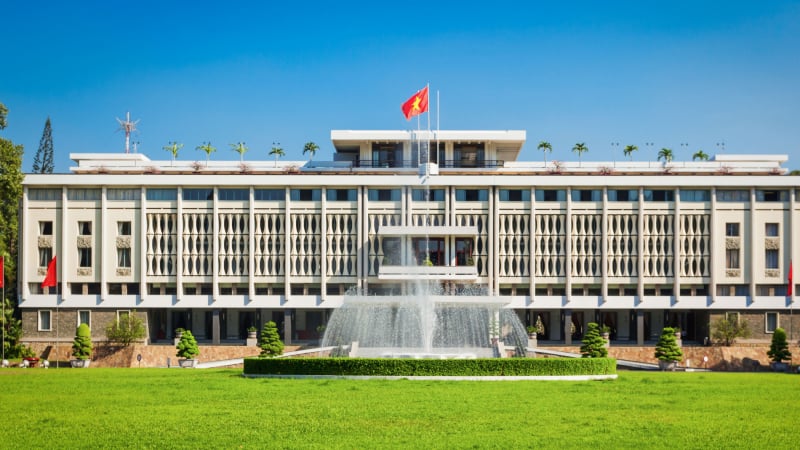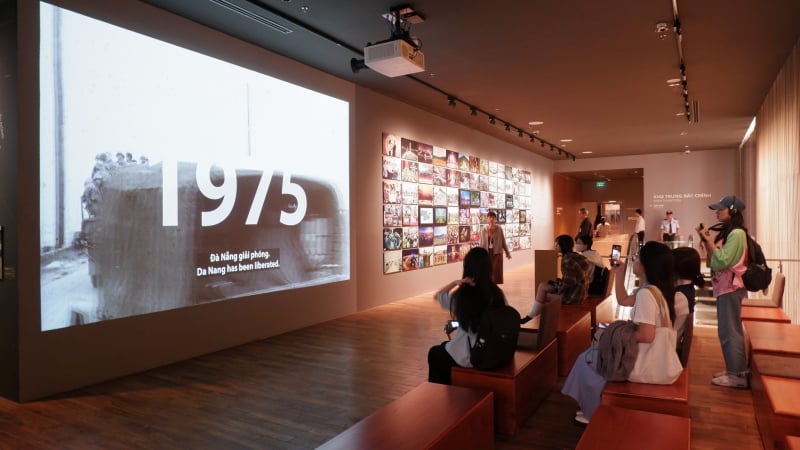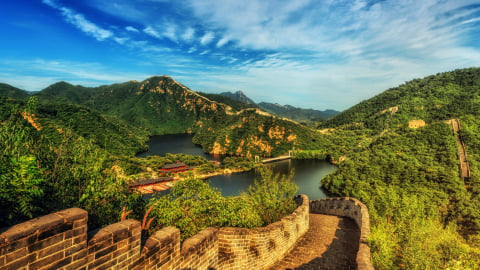The Zeugma Mosaic Museum, located in Gaziantep, Türkiye, is a unique archaeological museum and treasure trove dedicated to the ancient city of Zeugma and the magnificent mosaics excavated there. It boasts one of the richest collections of mosaics in the world, along with paintings, fountains, and many impressive sculptures dating back to the ancient Roman period.
The history of the Zeugma Mosaic Museum is closely linked to the ancient city of Zeugma, a majestic Roman capital located on the banks of the Euphrates River. The city was founded around 300 BC by Seleucus Nicator, one of Alexander the Great's generals. Thanks to its strategic location, Zeugma quickly became an important trade center and cultural crossroads, connecting East and West, Greece and Rome on the legendary Silk Road.
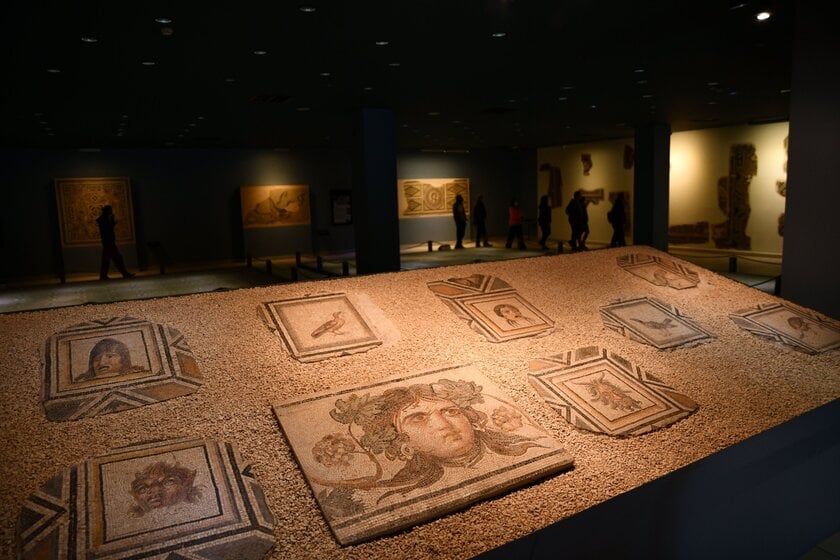
With an area of 30 thousand square meters, the Zeugma Museum in Gaziantep, Türkiye is currently the largest mosaic museum in the world.
This prosperity led the inhabitants of Zeugma to decorate their mansions, villas and luxury baths with exquisite mosaics. These masterpieces explore a wide range of themes, from vivid mythological scenes, majestic gods and goddesses, to beautiful natural motifs and realistic daily life of the city's inhabitants.
Unfortunately, much of the city of Zeugma has been destroyed by natural phenomena, especially floods, over the centuries. However, during the process of elaborate archaeological excavations, a large number of magnificent mosaics were found, preserved and displayed at the Zeugma Mosaic Museum, providing posterity with an extremely valuable source of cultural assets.
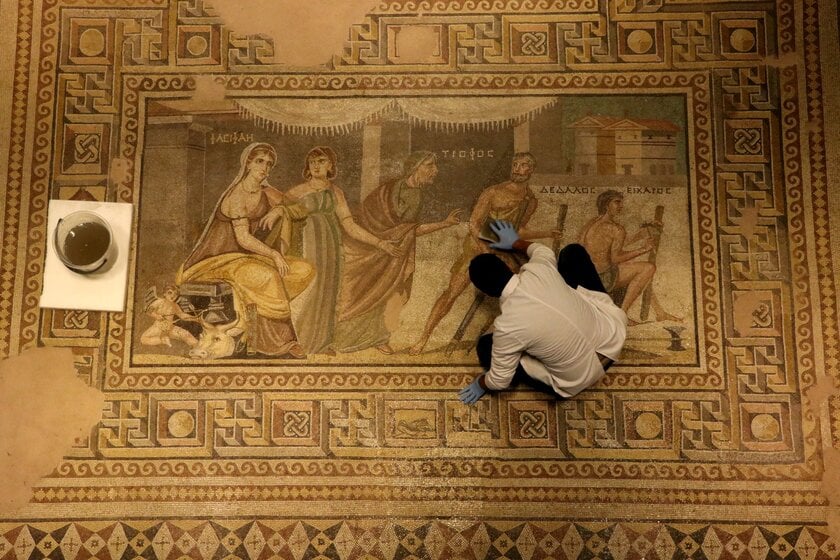
The Zeugma Museum houses one of the richest collections of mosaics in the world as well as paintings, fountains and sculptures dating back to Roman times.
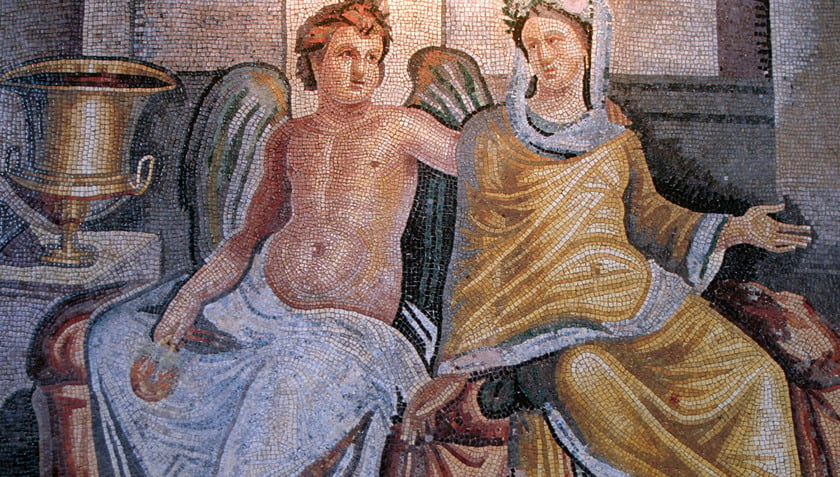
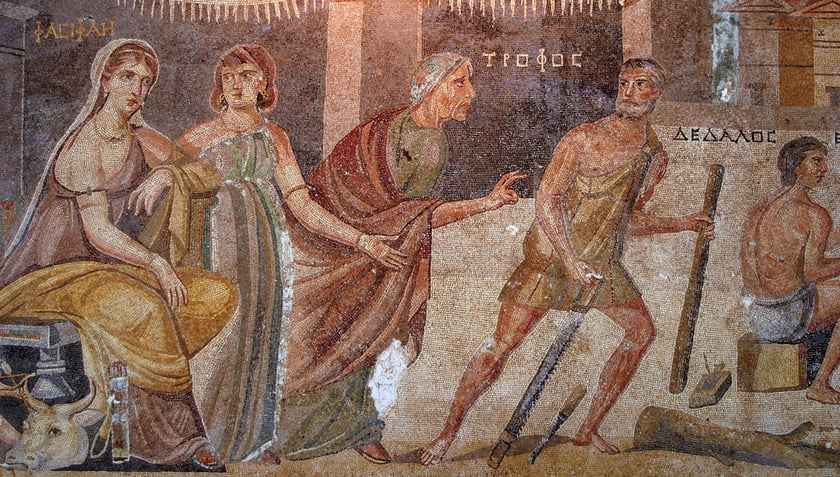

At the Zeugma Mosaic Museum, visitors will have the opportunity to admire the countless mosaics that once adorned the palaces and villas of Zeugma. Renowned for their vibrant colors, intricate details and masterful craftsmanship, these mosaics are not just works of art, but also offer a unique insight into the crafts and life of the ancient world. They are a living testament to the superior artistic skills of the Romans, reflecting the wealth and prosperity of the city.

Visitors will gain a unique insight into the crafts of the ancient world.
In addition to the mosaics, the museum also displays a wide range of other archaeological finds, including antiquities, weapons, sculptures, ceramics and many relics related to Zeugma's rich history. Notably, the museum also preserves four ancient fountains, twenty stone columns, a bronze statue of the war god Mars and many limestone islands with reliefs and tombstones from the Roman and Byzantine periods.
All are arranged in a classical architectural style: the ground floor displays floor mosaics from the mansion, the upper floor has murals and statues, while the basement gives access to ancient bathhouse structures. These objects help to create a comprehensive picture of the city’s life and culture, perfectly complementing the mosaic experience.

Originating from the ancient city of Zeugma - a capital city located on the Euphrates River, founded around 300 BC by Seleucus Nicator, a general under Alexander the Great.
The Zeugma Mosaic Museum is not only a place of exhibition but also a pioneer in applying conservation technology and providing interactive experiences for visitors. A notable highlight is the use of laser light to restore the empty areas due to looting, helping viewers fully visualize the original beauty of the works.
In addition, touch screens and electronic information boards provide multi-dimensional knowledge about the ancient city’s history and mosaic techniques, helping to enhance visitors’ knowledge and understanding of Zeugma’s importance in the archaeological world. The museum also regularly organizes guided tours and excursions, allowing visitors to immerse themselves further in the rich history and intricate beauty of ancient art.

This place was once an important strategic and cultural crossroads, connecting East and West, Greece and Rome.
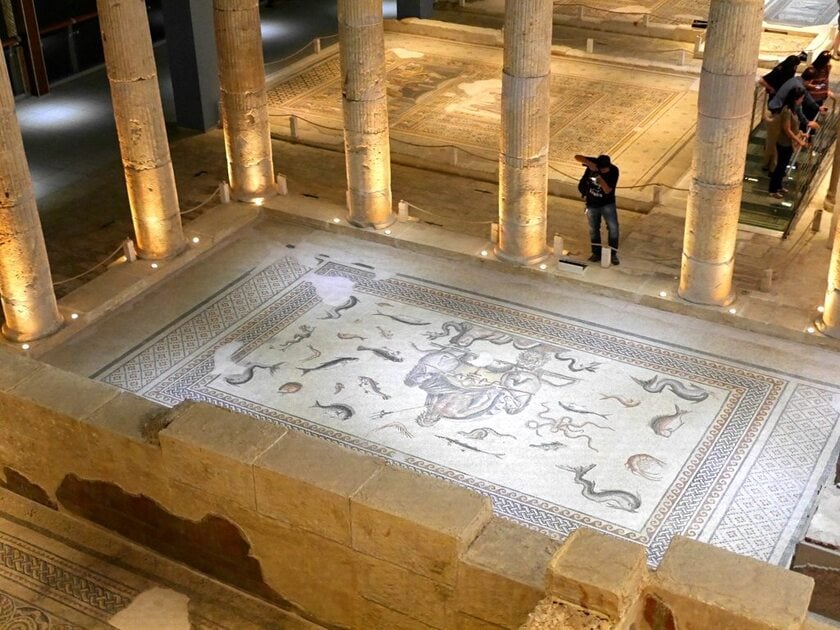
Finally, a vivid testament to the importance and durability of this cultural structure is the fact that the museum and its entire collection remained almost intact, despite the 7.8 magnitude earthquake in February 2023. This is an incredible feat, affirming the role of the Zeugma Mosaic Museum in preserving cultural heritage and offering visitors a unique opportunity to admire the beauty and complexity of ancient art.






